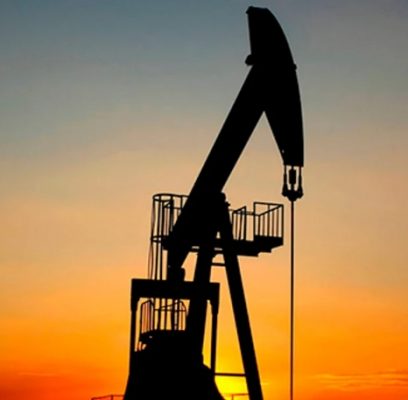Their goal is to stabilize the global price of a barrel within the range of US$90 to US$100 by reducing oil production. This move could potentially lead to inflationary pressures across the globe
In a surprising move, Saudi Arabia, Algeria, the United Arab Emirates, Iraq, and Kuwait announced voluntary cuts in crude oil production of over 1 million barrels per day until the end of the year, just hours before an OPEC meeting. The goal is to increase the price of a barrel and ensure market stability through this precautionary measure.
According to official statements released by the respective countries, Saudi Arabia, the United Arab Emirates, and Kuwait have jointly agreed to reduce their crude oil production by a total of 772,000 barrels per day from May. Meanwhile, Iraq, one of the world’s largest crude oil producers, announced its own reduction of 211,000 barrels per day, also effective from May 1.
According to a statement from the Ministry of Energy quoted by the local news agency APS, Algeria will voluntarily reduce its crude oil production by 48,000 barrels per day from May until the end of 2023, in coordination with certain OPEC countries.
Thus, the announced reduction is in addition to the production decrease ordered by OPEC+ countries in October last year, which resulted in a cut of approximately 2 million barrels per day.
As per analysts, the recent decision of OPEC countries to cut down on crude oil production is significant for a market that appeared to have tight supplies towards the end of last year, despite recent price fluctuations. This move is expected to result in an inevitable surge in the price of oil, thereby increasing the global inflationary pressures.
Gary Ross, who is now a hedge fund manager at Black Gold Investors LLC, stated that “OPEC+ is clearly aiming for a higher price.” The goal of these oil-producing countries is to maintain the price of oil within the range of US$90 to US$100 per barrel.
The unexpected move may heighten political tensions between Saudi Arabia and Washington, potentially leading the White House to intervene in the market by releasing part of its Strategic Petroleum Reserves (SPR).
In recent years, the diplomatic relationship between the United States and Riyadh has been fraught with tensions that have extended to the defense and trade sectors. In an effort to ease the conflict, President Joe Biden made a controversial trip to the region last July.
In October of last year, OPEC+ implemented a production cut of approximately 2 million barrels per day, which coincided with the legislative elections in the United States, exacerbating the already strained relations between the two countries.
Analysts note that the oil-producing countries have different economic priorities. While some rely heavily on oil as their main source of income, others are looking to diversify their economies and reduce their dependence on commodity exports.
Saudi Arabia is investing billions of dollars in diversifying its economy away from hydrocarbons towards renewable energy and tourism development. This move marks a significant transformation of the Saudi economy.
Although some of the sovereign wealth funds are behind the investments, which may not have a direct impact on the oil prices, the Saudi Arabian officials have declared their intention to utilize the surplus to expedite the domestic investments.
Despite the production cuts, both OPEC and the International Energy Agency predict that global crude oil supply will exceed demand in the current quarter and will continue to increase as the year goes on, with record consumption expected to reach around 102 million barrels per day.

